- 24 January 2024
- 439
Understanding Plague: Bubonic, Pneumonic, and Septicemic
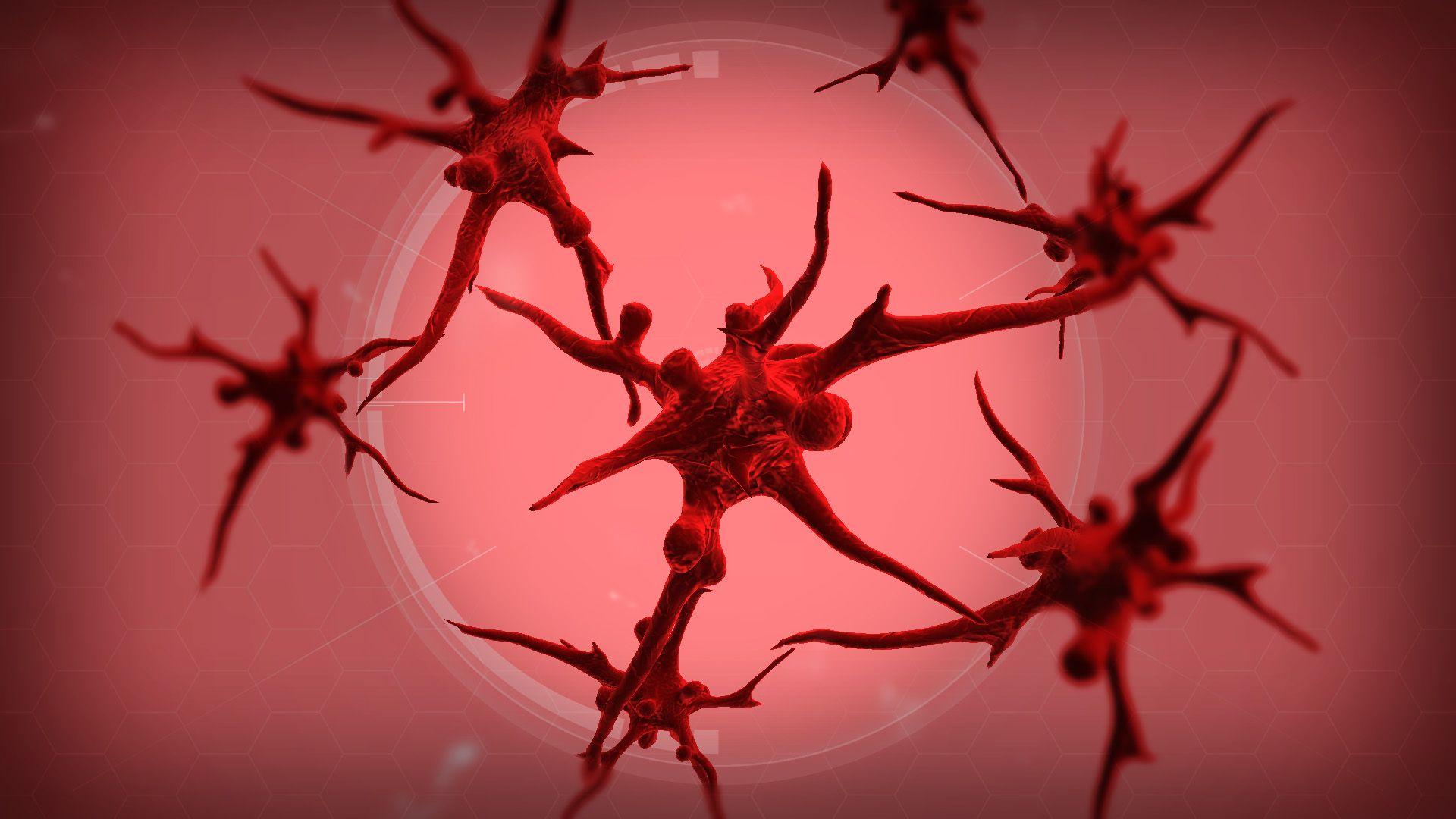
Introduction
The plague, formerly infamous as the Black Death, remains an infectious disease with a storied past. Caused by the bacteria Yersinia pestis, its resurgence in modern times offers valuable insights into its origins, transmission, and the advancements in treatment that have transformed its once-fatal prognosis.
Plague Basics
Understanding the plague involves delving into its impact on the human body, notably the swelling of lymph nodes known as buboes. This article elucidates the basics of the plague, tracing its historical context while shedding light on contemporary treatment practices that have significantly improved outcomes.
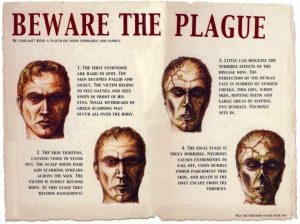
History
Embark on a historical journey through the waves of plague pandemics that swept through civilizations. From the Justinian plague in the 6th century to the infamous Black Death in the 14th century and the third pandemic in the 19th century, each period left an indelible mark on global populations.

Types of Plague
- Yersinia pestis Bacteria
- Animal Contact
- Environmental Factors
- Human Interaction
- Historical Resurgence
Symptoms of Plague
The onset of plague symptoms, occurring 1-8 days post-infection, varies among its types. From the buboes associated with bubonic plague to the life-threatening complications of septicemic and pneumonic plague, this section details the distinct signs that accompany each variant.
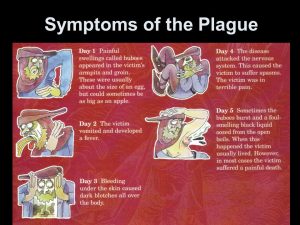
Causes of Plague
Understanding the causes of plague involves unraveling the bacteria’s long-term reservoir in certain animals. Environmental factors and living conditions contribute to the likelihood of outbreaks, shedding light on the complex interplay between humans, animals, and the disease.
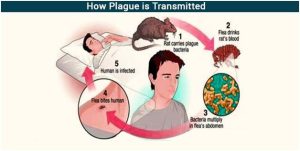
Diagnosis
- Symptoms Recognition:
- Identification of symptoms in individuals living in or visiting plague-prone areas.
- Symptoms include fever, chills, headaches, and specific indicators based on the type of plague.
- Sample Collection:
- Collection of samples such as blood or tissue from swollen lymph glands.
- Samples are crucial for laboratory testing to confirm the presence of Yersinia pestis bacteria.
- Lab Testing:
- Conduction of traditional laboratory tests to detect the bacteria causing plague.
- Recent advancements include rapid tests providing results within 15 minutes.
- Rapid Test (In Development):
- Ongoing research and development of rapid tests that analyze fluid from infected lymph nodes or coughed up material.
- Potential for quick detection in areas where laboratory testing is challenging.
- Geographic Consideration:
- Diagnosis may involve considering geographic location, especially if the individual has been in areas known for plague activity.
- Early Intervention:
- Timely diagnosis crucial for swift medical intervention.
- Rapid identification aids in preventing the spread of the disease within communities.
Treatment
A spotlight on the effectiveness of antibiotics in treating the plague underscores the importance of prompt medical intervention. With timely treatment, the once-deadly plague has transformed into a manageable condition, with most patients experiencing recovery within a week or two.
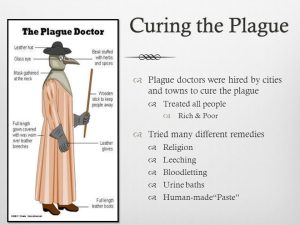
Prevention
Preventive measures take center stage in regions prone to plague outbreaks. From home maintenance to personal protection, a comprehensive guide outlines steps to minimize the risk of exposure and protect individuals from this ancient, yet still relevant, infectious disease.
Comparative Table – Plague Types
| Plague Type | Cause | Transmission | Severity | Contagious? |
|---|---|---|---|---|
| Bubonic Plague | Flea bite | Animal-to-human, human-to-human | Moderate | No |
| Septicemic Plague | Flea bite, animal contact | Can progress from bubonic plague | High | No |
| Pneumonic Plague | Airborne (person-to-person), | Can result from bubonic or | Highest, person-to-person | Yes, highly contagious |
| bacteria spreading to lungs | septicemic plague |
Conclusion:
As we navigate the intricate tapestry of the plague’s history, types, symptoms, and prevention, it becomes evident that modern medicine has mitigated its once-unfathomable impact. By unraveling the enigma of the plague, we equip ourselves with the knowledge to address this ancient threat in the contemporary world.

